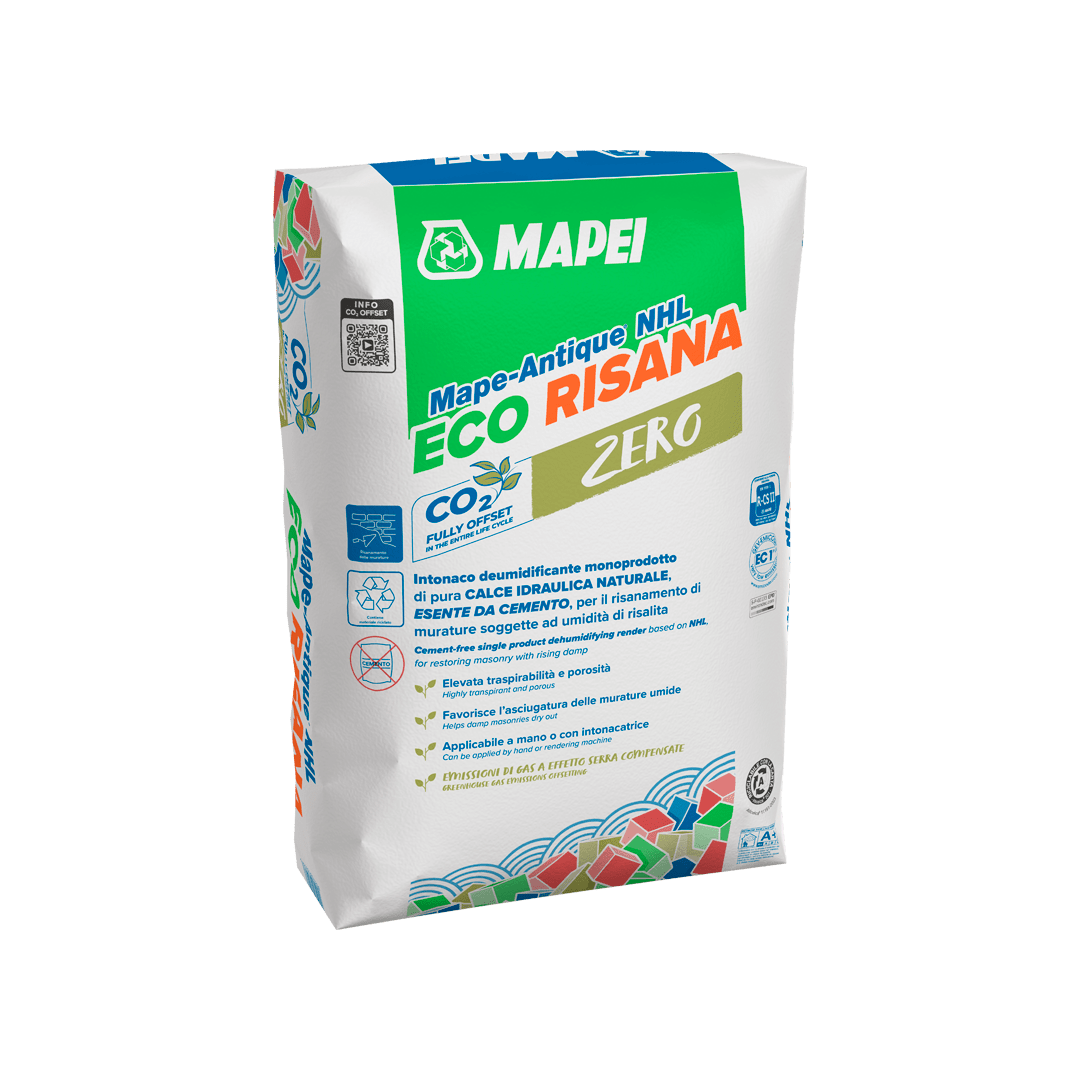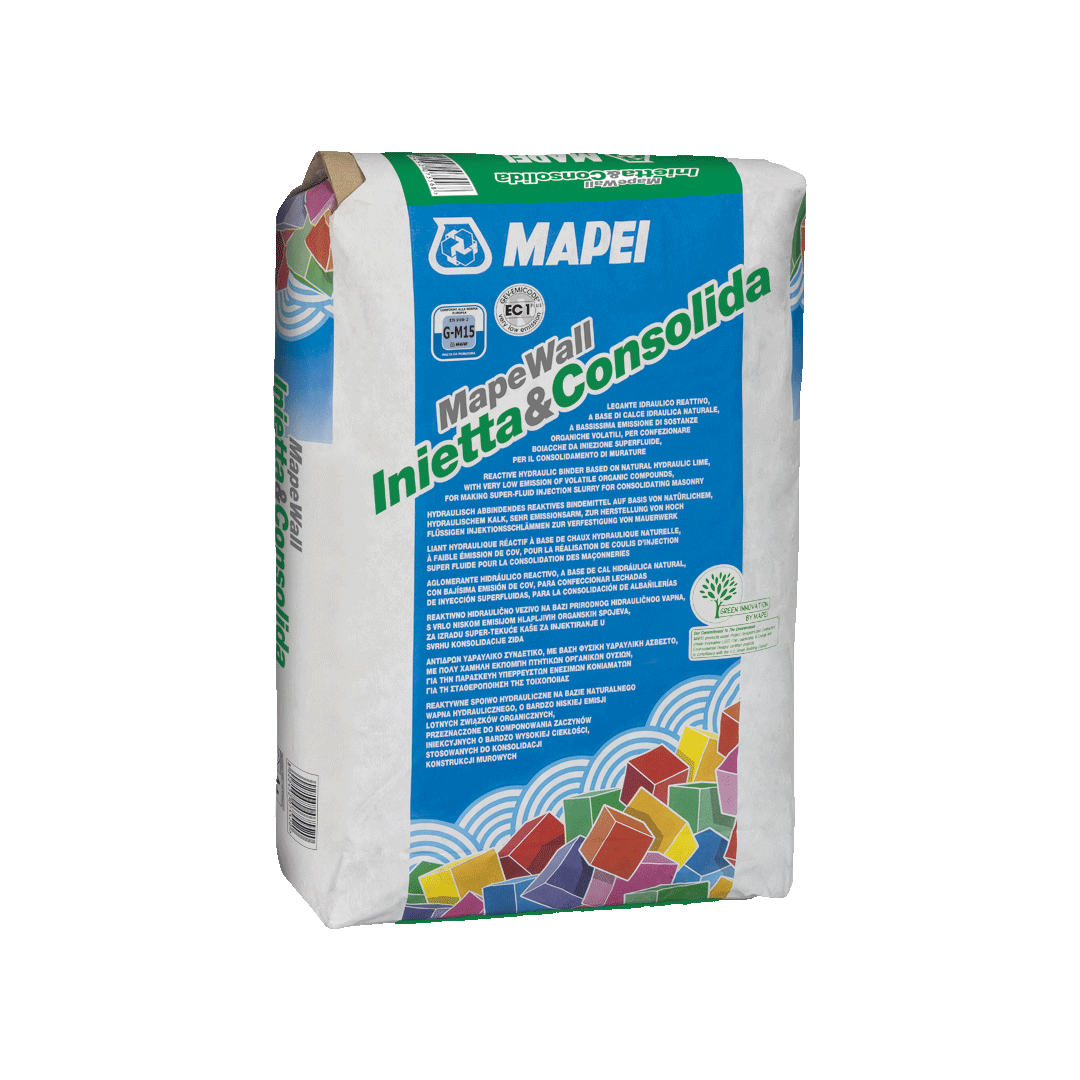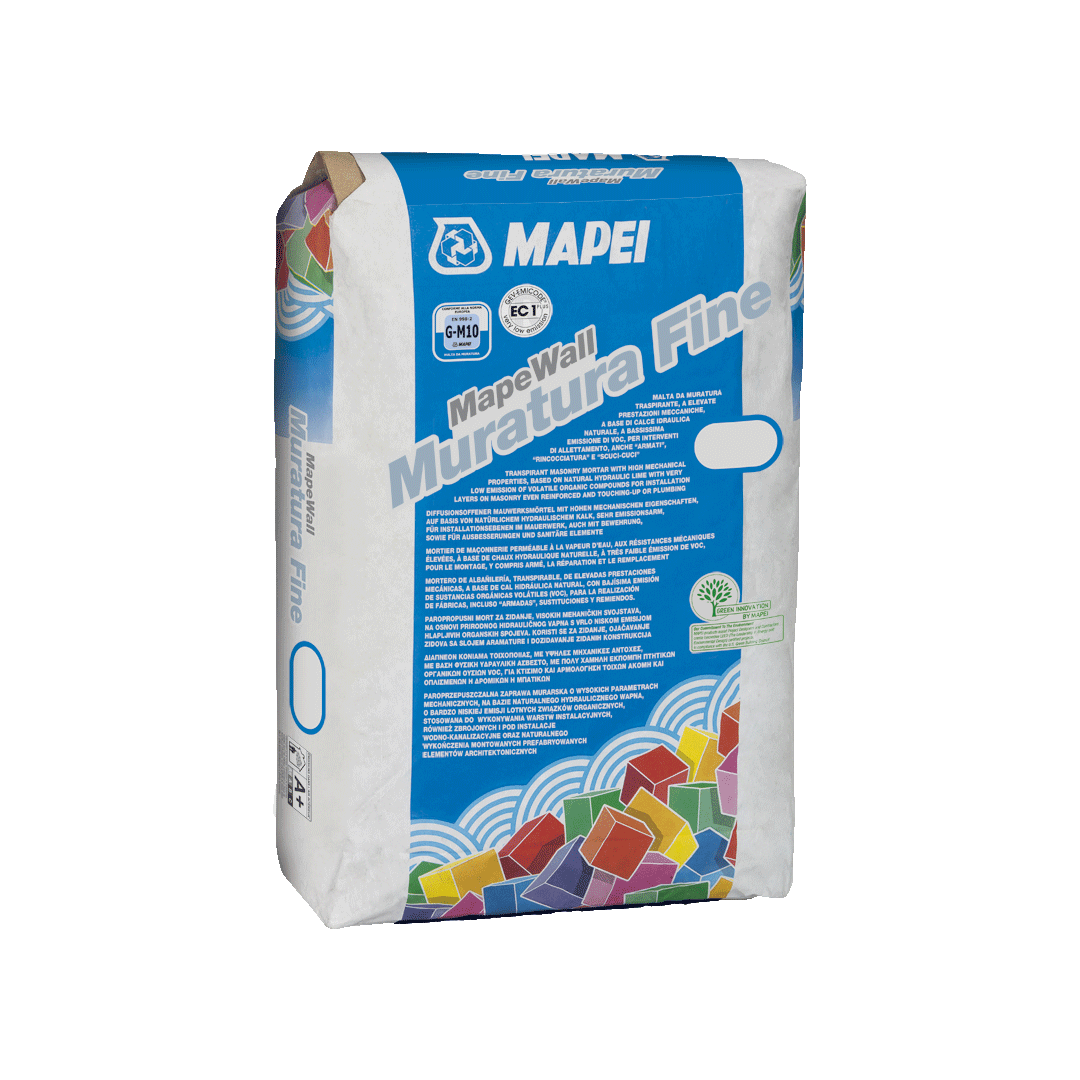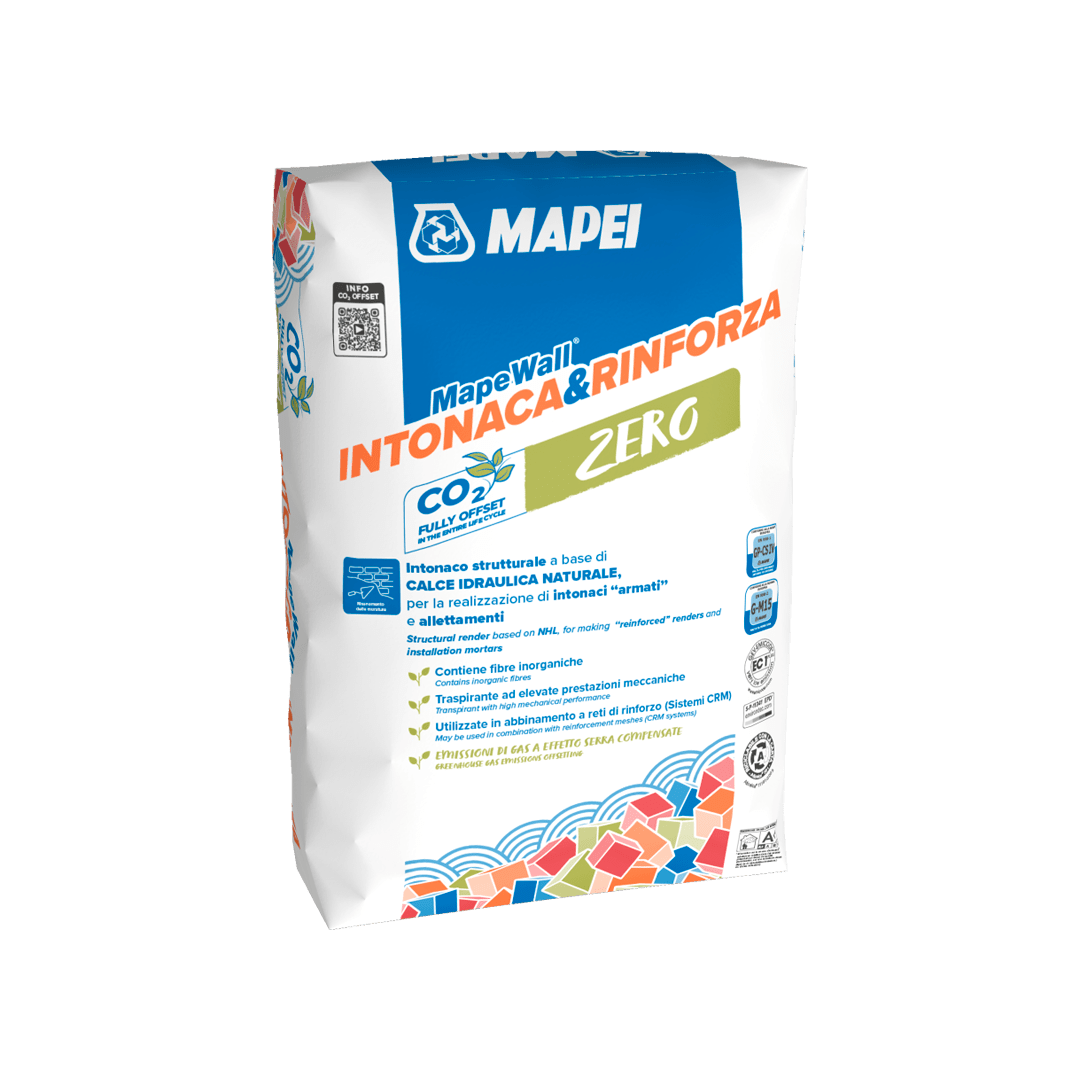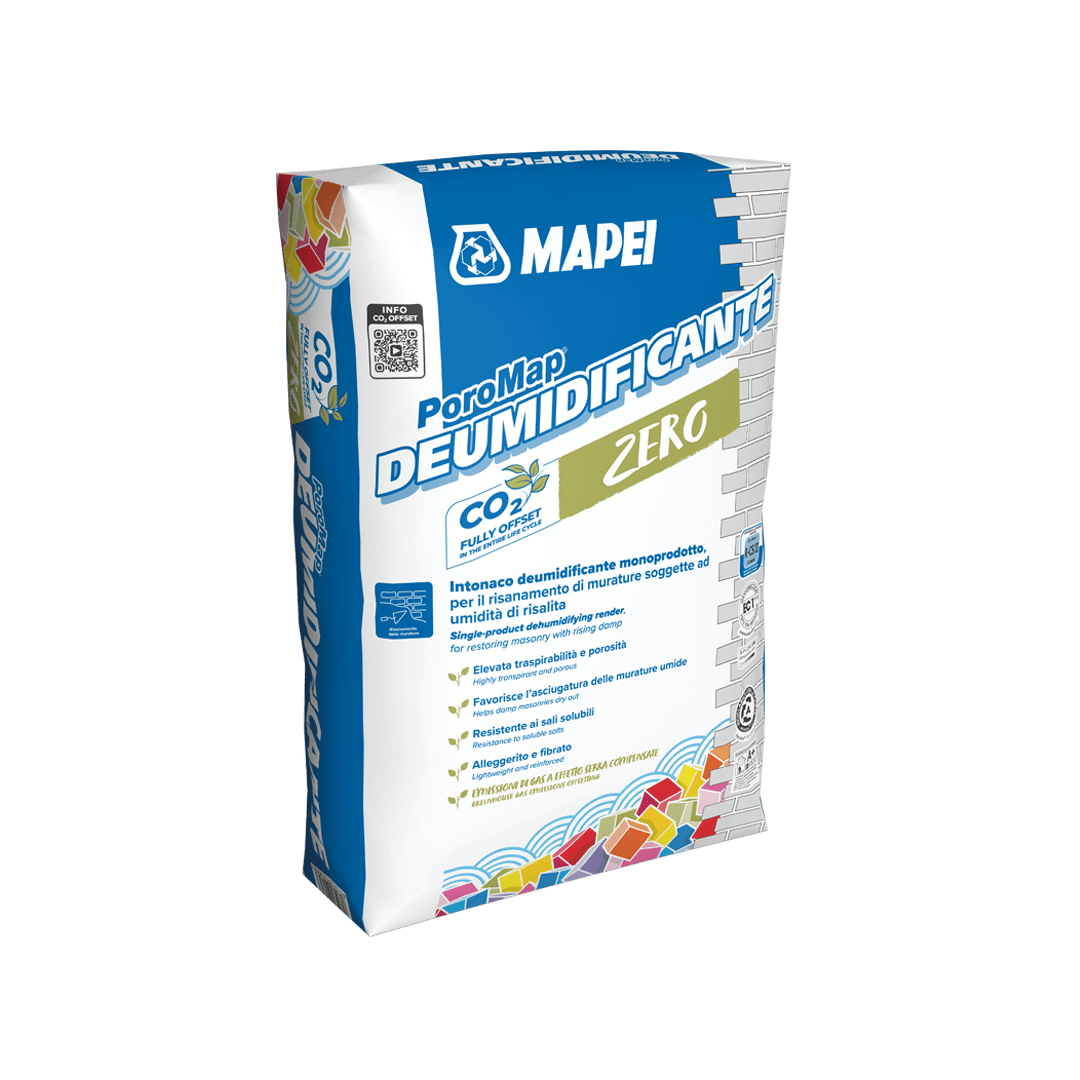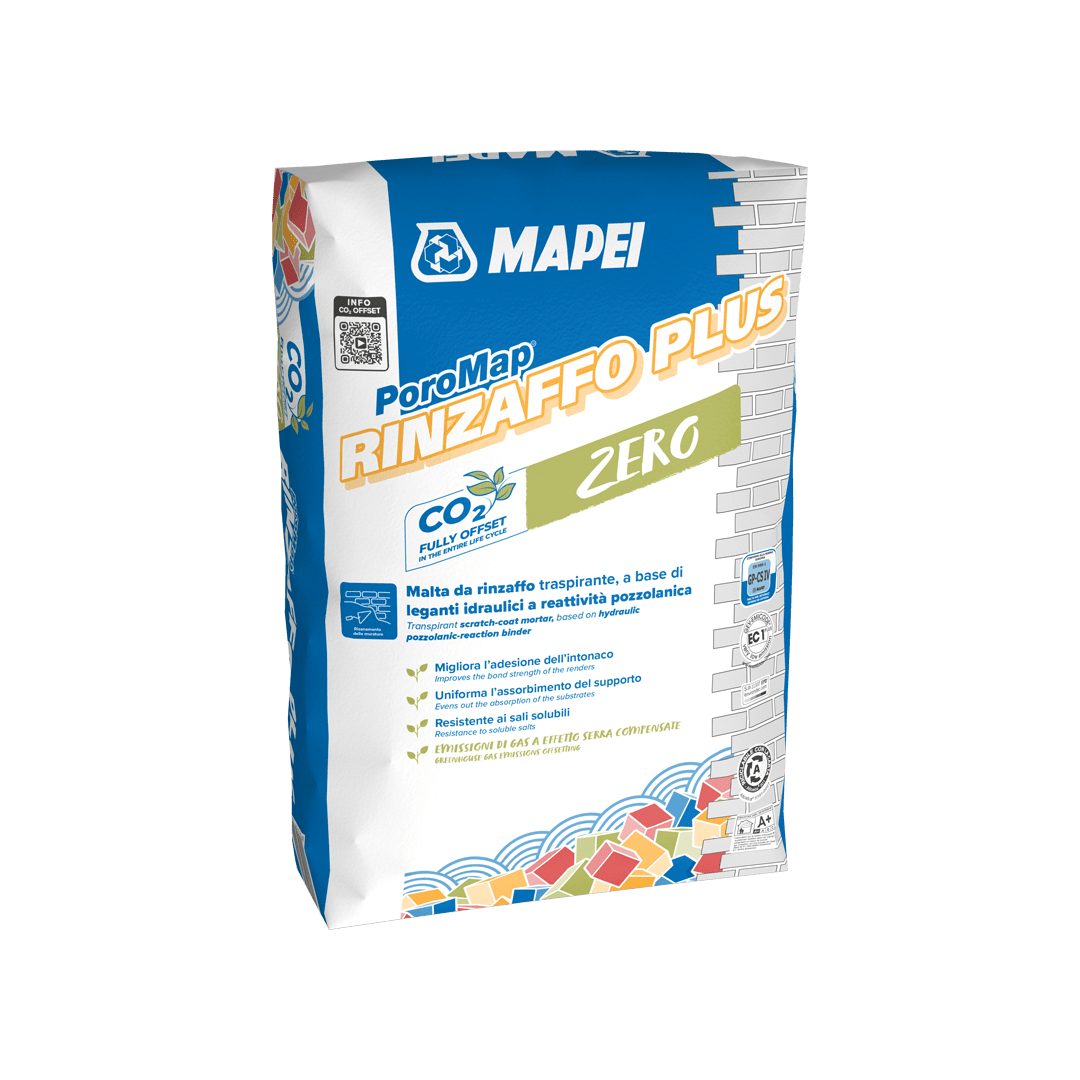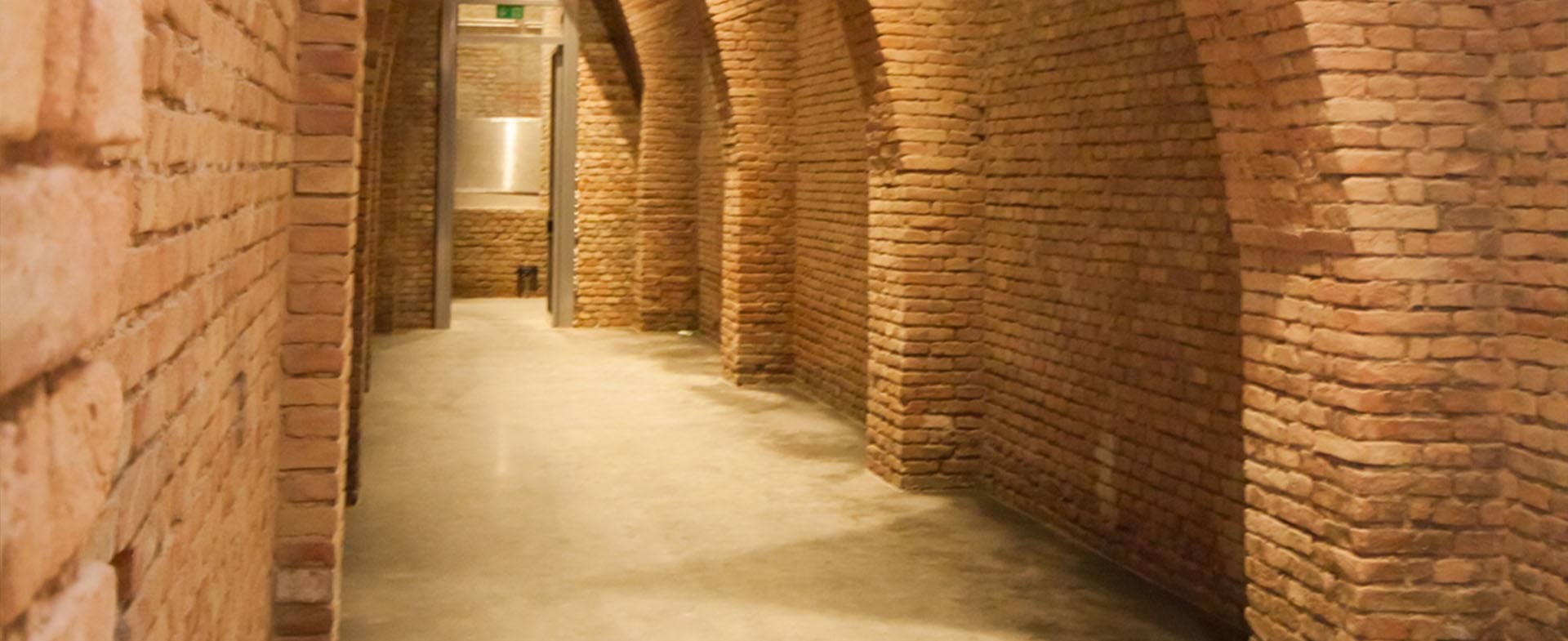
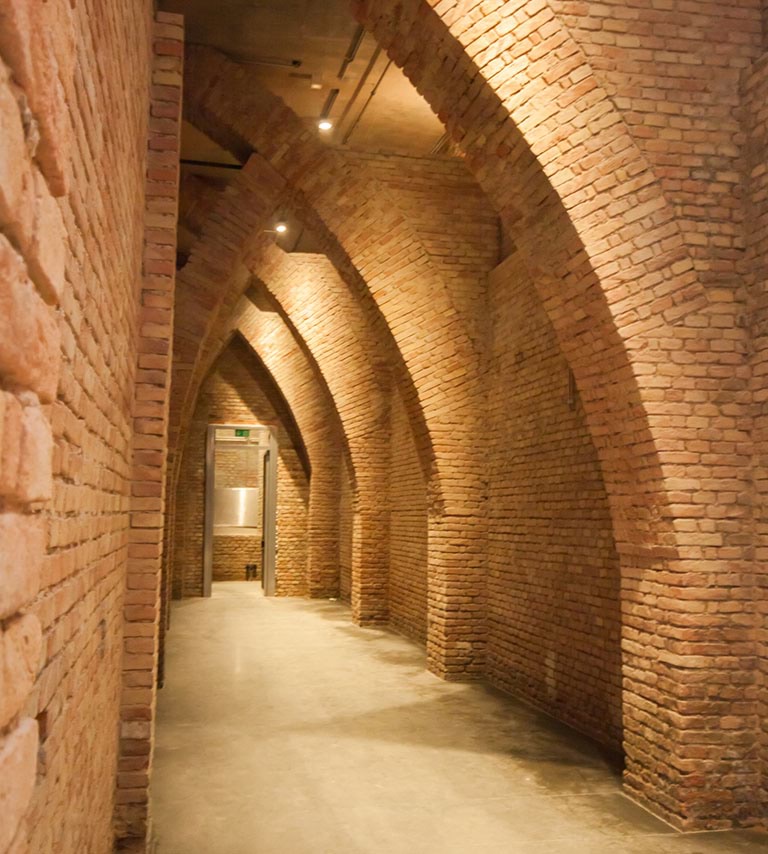
The expert's opinion
/
8/28/2023
Damp in semi-underground areas and basements
Damp in underground and semi-underground walls: how to intervene and which products are most suitable
Mapei offers a range of systems for refurbishment work on masonry damaged by damp.
When we encounter damp in underground masonries, such as in basements or semi-underground storage areas, we need to look for the problem at its origin, that is, when the building was constructed. The partial or total lack of waterproofing, an error made during construction and degradation are the main causes of damp in underground and semi-underground rooms.
There are many technologies that allow this problem to be overcome after construction: the most appropriate solution needs to be chosen carefully, according to the characteristics of the building, and must respect any existing constraints or restrictions.
Mapei offers a range of systems for refurbishment work on masonry damaged by damp, such as an internal waterproofing system or a dehumidifying system, or, in many cases, a combination of both approaches.
Which system should be used in the case of damp in retaining walls?
Even if water doesn’t actually penetrate into a building but only comes into contact with the structure, it is absorbed by the walls and they become damp; the surrounding environment, therefore, could become unhealthy and mould could form. In such situations, it is possible to intervene by applying a Mapei anti-condensation system which blocks moisture. The room could then be converted into a living space, a shop, a restaurant or a storage area.
In such cases, the old render needs to be demolished and all loose, crumbling or detached material needs to be removed, after which all the surfaces to be treated need to be cleaned thoroughly to reduce the salts and dust present. For more through, deep-down cleaning, the surfaces may also be sandblasted.
The weakest areas of masonry may have cavities or gaps in the mortar joints, and these will need to be reintegrated by using MAPEWALL RENDER & STRENGTHEN or MAPEWALL MURATURA FINE breathable, high-strength, natural hydraulic lime-based mortars suitable for rebuilding, repointing and grouting cracks in all types of masonry. Once the substrate has been restored, it has to be levelled off by applying a layer at least 1 cm thick of MAPEWALL RENDER & STRENGTHEN fibre-reinforced rendering and masonry mortar with a trowel or rendering machine.
Once the render is fully cured, the surfaces need to be treated with PRIMER 3296 acrylic primer diluted 1:1 with water; this is followed by an application of MAPELASTIC FOUNDATION, a two-component, flexible mortar used to waterproof surfaces subject to negative hydraulic lift. Two coats of product must be applied with a roller or a trowel or by spray to form a layer at least 2 mm thick. In both cases, once applied, the surface of the product must be smoothed over with a steel trowel to create a sufficiently compact layer.
Once the waterproofing layer is dry, you can then apply the POROMAP dehumidifying system consisting of a 5 mm thick of POROMAP RINZAFFO PLUS scratch-coat mortar applied over the entire surface, followed by a layer at least 1 cm thick of POROMAP DEUMIDIFICANTE macro-porous dehumidifying render. This system prevents the formation of surface condensation and, as a result, of mould, and keeps rooms healthy.
After waiting until the macro-porous render is fully cured, the surface can then be skimmed. Bearing in mind that it is important not to use mortars containing gypsum because they are highly sensitive to moisture, we can apply a product such as POROMAP FINITURA CIVILE, a lime-based, breathable skimming mortar compatible with the POROMAP dehumidifying system. The skim coat may be painted with silicate-based paint from the SILEXCOLOR range or with siloxane-based paints from the SILANCOLOR or SILANCOLOR PAINT PLUS ranges, permeable to vapour and highly resistant to the formation of mould.
This anti-condensation system is made up of cementitious mortars compatible with any type of masonry substrate, but Mapei also offers other solutions with cement-free, lime-based materials (MAPE-ANTIQUE range and MAPE-ANTIQUE NHL ECO range) for listed buildings and the green building sector.
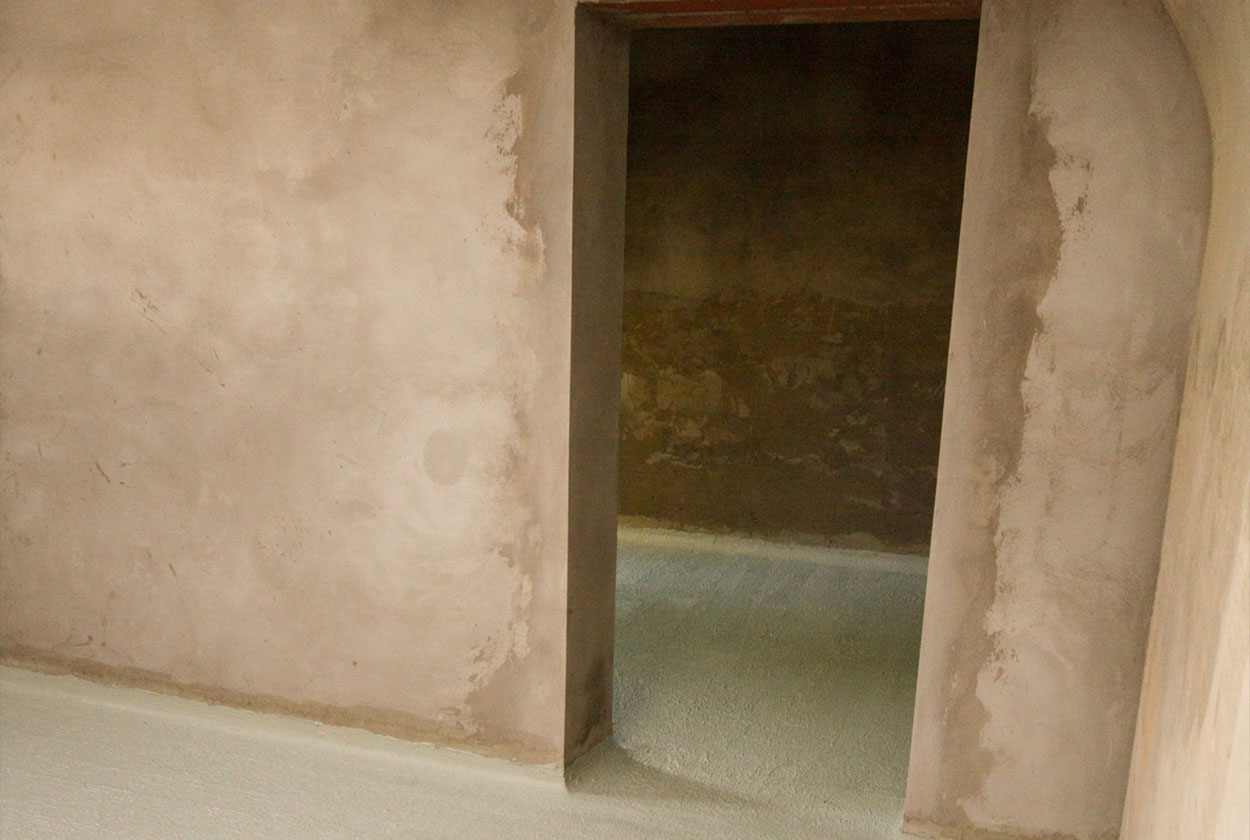
And for masonry above ground level?
Masonry above ground level can also be damaged by moisture, which can rise up from the ground via capillary action. Mapei proposes numerous dehumidifying solutions to overcome this type of problem, such as single-layer renders (POROMAP DEUMIDIFICANTE and MAPE-ANTIQUE NHL ECO RISANA) and complete systems (MAPE-ANTIQUE system), as well as chemical barriers against rising damp (MAPESTOP range).
These technologies must be finished off with a skim coat (from the POROMAP FINITURA, MAPE-ANTIQUE NHL ECO RASANTE or MAPE-ANTIQUE FC ranges) and with highly breathable coatings that encourage the masonry to dry out. These solutions are compatible with all types of masonry (brick, stone, tuff and mixed) and may be integrated with Mapei restoration mortars, such as breathable renders and skimming compounds, to complete a façade (MAPE-ANTIQUE NHL ECO RESTAURA), or with solutions to strengthen and consolidate masonry to improve its resistance to loads and stresses (MAPEWALL range).







